http://www.huffingtonpost.com/cristina-eisenberg/quantifying-wildness-trac_b_8940966.html
Quantifying Wildness; Tracking Wolves and Elk in the Rockies
Twenty years ago, I was a stay-at-home Montana mom
living in a place where the large carnivore population
(wolves, bears, cougars) outnumbered the human
population. Parenting our daughters here required
learning new life skills--such as wildlife tracking.
Before I could send our kids out to play, I'd go tracking
in our yard and woods to see who'd been around. If I
found fresh grizzly bear or cougar tracks, I planned
an indoor activity instead. This strategy worked well.
Beyond keeping my family safe, tracking had many
personal benefits. It sharpened my senses, gave me
a keen awareness of the wildlife community, and made
me feel part of the natural world, rather than a
detatched
observer. And when I eventually returned to college to
become a scientist, my tracking skills provided the
foundation for my wildlife research.
living in a place where the large carnivore population
(wolves, bears, cougars) outnumbered the human
population. Parenting our daughters here required
learning new life skills--such as wildlife tracking.
Before I could send our kids out to play, I'd go tracking
in our yard and woods to see who'd been around. If I
found fresh grizzly bear or cougar tracks, I planned
an indoor activity instead. This strategy worked well.
Beyond keeping my family safe, tracking had many
personal benefits. It sharpened my senses, gave me
a keen awareness of the wildlife community, and made
me feel part of the natural world, rather than a
detatched
observer. And when I eventually returned to college to
become a scientist, my tracking skills provided the
foundation for my wildlife research.
The past 40 years have brought great technological
advances in how we survey animal movements. In the
1970s, scientists pioneered the use of Very High
Frequency
(VHF) collars that send out radio signals to indicate
animal locations--called telemetry. In the mid-1990s,
this technology leapt forward with Global Positioning
System (GPS) collars that collect animal location data
via satellite signals with up to one-meter accuracy.
advances in how we survey animal movements. In the
1970s, scientists pioneered the use of Very High
Frequency
(VHF) collars that send out radio signals to indicate
animal locations--called telemetry. In the mid-1990s,
this technology leapt forward with Global Positioning
System (GPS) collars that collect animal location data
via satellite signals with up to one-meter accuracy.
VHF- and GPS-collar data enable scientists to answer
questions about how animals use a landscape.
However,
this technology is expensive and invasive. Collars
can cost
several thousand dollars, and actually placing
one on an
animal can cost thousands more for trapping,
helicopter
time, and veterinary care. While animals recover
from being
trapped or net-gunned from a helicopter for
collaring, and
these procedures usually don't injure them
the experience
can be traumatic. Cameras set to automatically
record images
when an animal walks by (called camera traps)
are minimally
invasive, but also expensive to purchase and maintain.
questions about how animals use a landscape.
However,
this technology is expensive and invasive. Collars
can cost
several thousand dollars, and actually placing
one on an
animal can cost thousands more for trapping,
helicopter
time, and veterinary care. While animals recover
from being
trapped or net-gunned from a helicopter for
collaring, and
these procedures usually don't injure them
the experience
can be traumatic. Cameras set to automatically
record images
when an animal walks by (called camera traps)
are minimally
invasive, but also expensive to purchase and maintain.
However, long before such technology existed,
wildlife biologists
tracked animals the way humans have for
millennia--by
following their trails, identifying their tracks
and droppings
(called scat), and finding their dens, rendezvous
sites, and
carcasses. Today, thanks to scientist-trackers
who have
standardized such methods and championed
noninvasive
work, wildlife tracking has made a tremendous
comeback
as a top wildlife survey method.
wildlife biologists
tracked animals the way humans have for
millennia--by
following their trails, identifying their tracks
and droppings
(called scat), and finding their dens, rendezvous
sites, and
carcasses. Today, thanks to scientist-trackers
who have
standardized such methods and championed
noninvasive
work, wildlife tracking has made a tremendous
comeback
as a top wildlife survey method.
When I began to study wolves and their prey
as a scientist,
I used VHF and GPS collars, but also turned
to traditional
wildlife tracking. In 2007 as a PhD student,
I worked with
Parks Canada conservation biologists to
standardize my
tracking methods. I learned to collect
wildlife data in
transects that systematically cover a
whole landscape.
By trial and error, I learned a large
sample size (e.g.,
100 kilometers of transects) support
s even the most
sophisticated statistical analysis. While
this sounds
like a huge effort, the transect work
goes rapidly.
as a scientist,
I used VHF and GPS collars, but also turned
to traditional
wildlife tracking. In 2007 as a PhD student,
I worked with
Parks Canada conservation biologists to
standardize my
tracking methods. I learned to collect
wildlife data in
transects that systematically cover a
whole landscape.
By trial and error, I learned a large
sample size (e.g.,
100 kilometers of transects) support
s even the most
sophisticated statistical analysis. While
this sounds
like a huge effort, the transect work
goes rapidly.
Since 2008, my colleagues and I have been
studying two
fires in Waterton Lakes National Park, Alberta:
the 2014
Red Rock Complex Prescribed Fire, which
burned 2,300
hectares; and the 2008 and 2015 Y-Camp
Prescribed Fires,
which burned 1,200 hectares twice, in April
2008 and
April 2015. The sites contain a very high elk
density and
two wolf packs. Management objectives
are to reduce
aspen land cover and restore the prairie
within the burn
units. In these sites we're studying how
fire and wolves
influence elk behavior. We want to know
whether
restoring two out of three key ecological
forces in this
system (fire, wolves) without restoring
the third (bison)
is sufficient to return this fescue
grassland to pre-
Euro-American settlement conditions.
studying two
fires in Waterton Lakes National Park, Alberta:
the 2014
Red Rock Complex Prescribed Fire, which
burned 2,300
hectares; and the 2008 and 2015 Y-Camp
Prescribed Fires,
which burned 1,200 hectares twice, in April
2008 and
April 2015. The sites contain a very high elk
density and
two wolf packs. Management objectives
are to reduce
aspen land cover and restore the prairie
within the burn
units. In these sites we're studying how
fire and wolves
influence elk behavior. We want to know
whether
restoring two out of three key ecological
forces in this
system (fire, wolves) without restoring
the third (bison)
is sufficient to return this fescue
grassland to pre-
Euro-American settlement conditions.
While we've had 17 elk GPS-collared on this project,
we've found
given our study questions, that track transect data,
which cost
one hundredth of what GPS collar data cost,
provide the most
accurate way to determine where elk are
spending their time.
These data permit analyses of the potential
drivers of elk
behavior, such as food and wolf predation.
we've found
given our study questions, that track transect data,
which cost
one hundredth of what GPS collar data cost,
provide the most
accurate way to determine where elk are
spending their time.
These data permit analyses of the potential
drivers of elk
behavior, such as food and wolf predation.
Accordingly, in the spring between snowmelt
and greenup,
we collect track transect data on elk, deer,
moose, wolf,
bear, cougar, and coyote presence. The 1
kilometer-long,
2 meter-wide transects extend from the
prairie deep into
aspen stands and are based on the plots
in which we
collect grass and aspen data. Since 2007,
volunteers
have been joining me and our technicians
for this work,
which is both highly rigorous science and
the ultimate
tracking adventure.
and greenup,
we collect track transect data on elk, deer,
moose, wolf,
bear, cougar, and coyote presence. The 1
kilometer-long,
2 meter-wide transects extend from the
prairie deep into
aspen stands and are based on the plots
in which we
collect grass and aspen data. Since 2007,
volunteers
have been joining me and our technicians
for this work,
which is both highly rigorous science and
the ultimate
tracking adventure.
Work, Photo by Cristina Eisenberg
Over time, our track transect data have
revealed astonishing
things: a pair of wolves killing an elk on
our transect line as
we walked the transect; an alpha female
wolf we didn't
know existed feeding on a fresh elk carcass
in a high
predation-risk transect; a pair of grizzly
bears mating;
a cougar stalking elk. These transects give
us a window
into wildness and are enabling us to quantify
how wildness
creates healthy, resilient grassland and aspen
communities.
revealed astonishing
things: a pair of wolves killing an elk on
our transect line as
we walked the transect; an alpha female
wolf we didn't
know existed feeding on a fresh elk carcass
in a high
predation-risk transect; a pair of grizzly
bears mating;
a cougar stalking elk. These transects give
us a window
into wildness and are enabling us to quantify
how wildness
creates healthy, resilient grassland and aspen
communities.
Earthwatch Institute, Parks Canada, and Oregon
State University
support our work. Our data thus far are showing
that elk avoid
areas that have highest predation risk, although
those areas also
have the most plentiful, high-quality food. Elk
in our study
spend time where it's easier for them to detect
and escape
predators--such as the edges of an aspen stand-
-but which
have less abundant food. We also found that the
more severe
a fire, the higher the predation risk for elk.
State University
support our work. Our data thus far are showing
that elk avoid
areas that have highest predation risk, although
those areas also
have the most plentiful, high-quality food. Elk
in our study
spend time where it's easier for them to detect
and escape
predators--such as the edges of an aspen stand-
-but which
have less abundant food. We also found that the
more severe
a fire, the higher the predation risk for elk.
I hope some of you will consider joining us in the
field for this
work (Tracking Fire and Wolves through the
Canadian Rockies),
which takes place in May of each year and
provides an
excellent learning opportunity and immersion
in one of the
wildest, most intact North American
landscapes. You can help
us answer questions about how the size of
an aspen stand
influences predation risk and elk browsing,
and what happens
when an area is burned repeatedly.
Together we can
quantify wildness and increase our
understanding of
the ecological role of wolves and fire.
field for this
work (Tracking Fire and Wolves through the
Canadian Rockies),
which takes place in May of each year and
provides an
excellent learning opportunity and immersion
in one of the
wildest, most intact North American
landscapes. You can help
us answer questions about how the size of
an aspen stand
influences predation risk and elk browsing,
and what happens
when an area is burned repeatedly.
Together we can
quantify wildness and increase our
understanding of
the ecological role of wolves and fire.

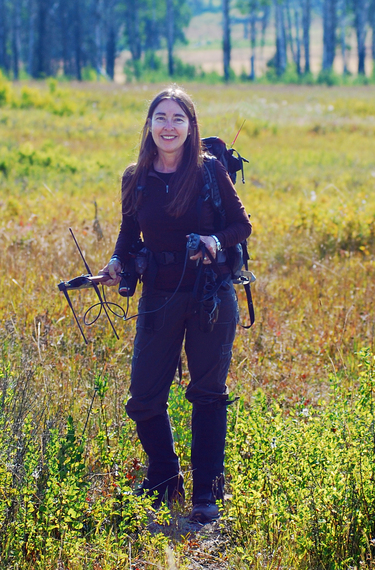
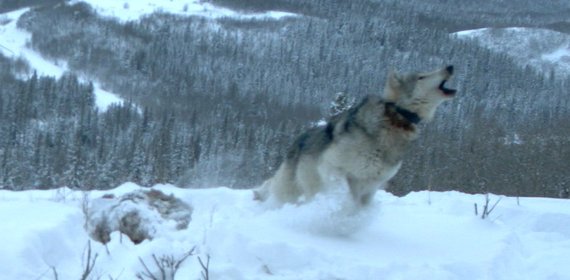
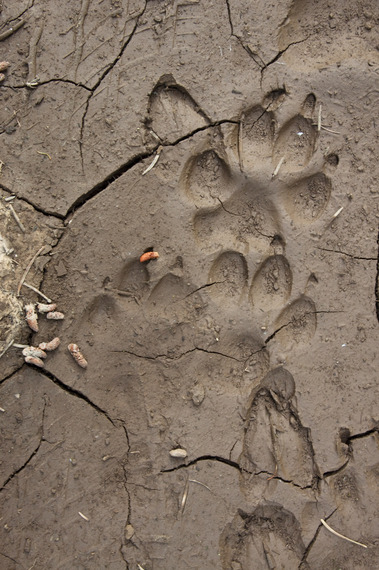
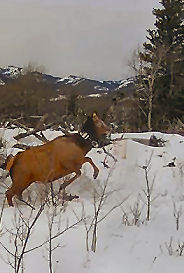
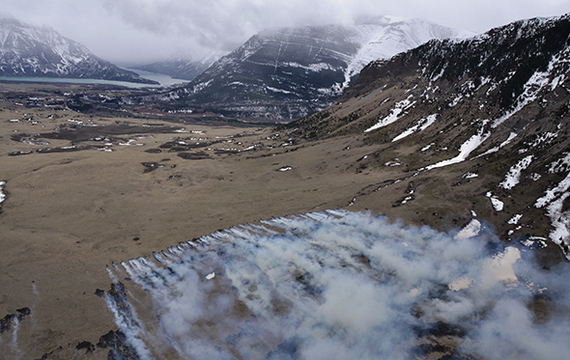
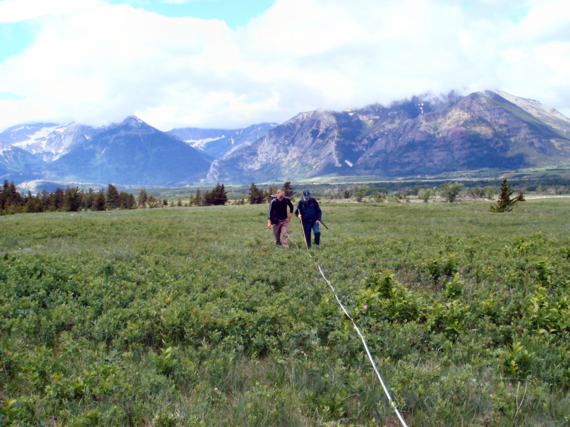
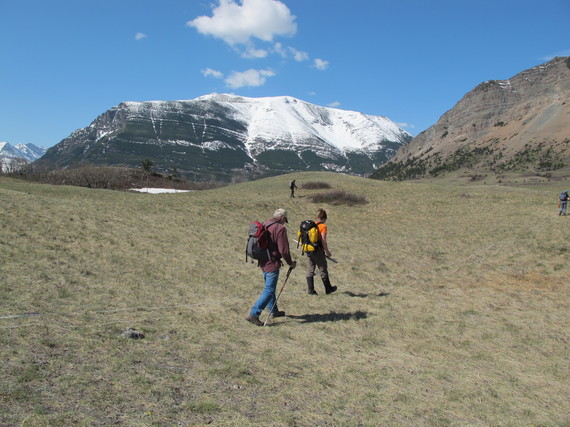









No comments:
Post a Comment